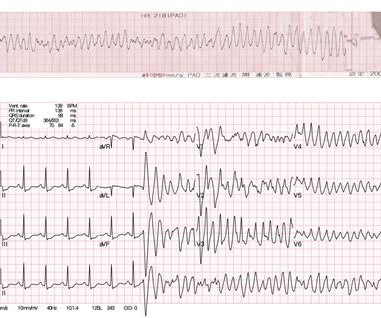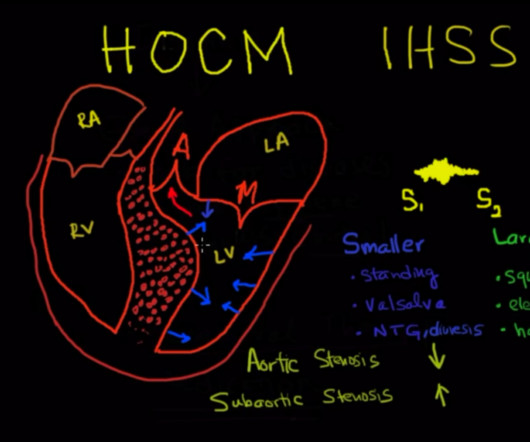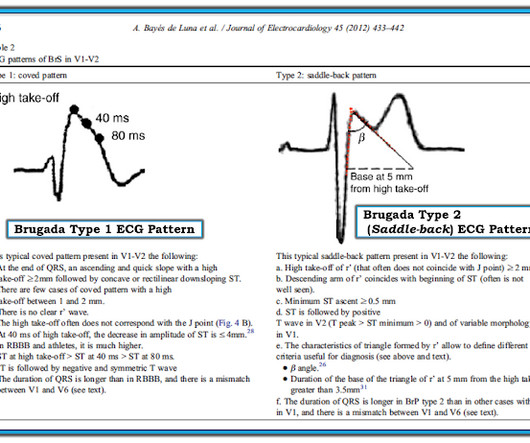PO-05-010 NESTED DEEP LEARNING MODEL FOR THE DETECTION OF HYPERTROPHIC CARDIOMYOPATHY AND MYOCARDIAL SCARRING THROUGH ELECTROCARDIOGRAMS
HeartRhythm
APRIL 30, 2024
Hypertrophic cardiomyopathy (HCM) has a prevalence of 1 in 500 people and highly increases the risk of sudden cardiac death (SCD). Diagnosis is typically based on the Echocardiogram, while cardiac MRI is used for detection of myocardial scarring through Late Gadolinium Enhancement (LGE), an important risk marker for SCD.













Let's personalize your content